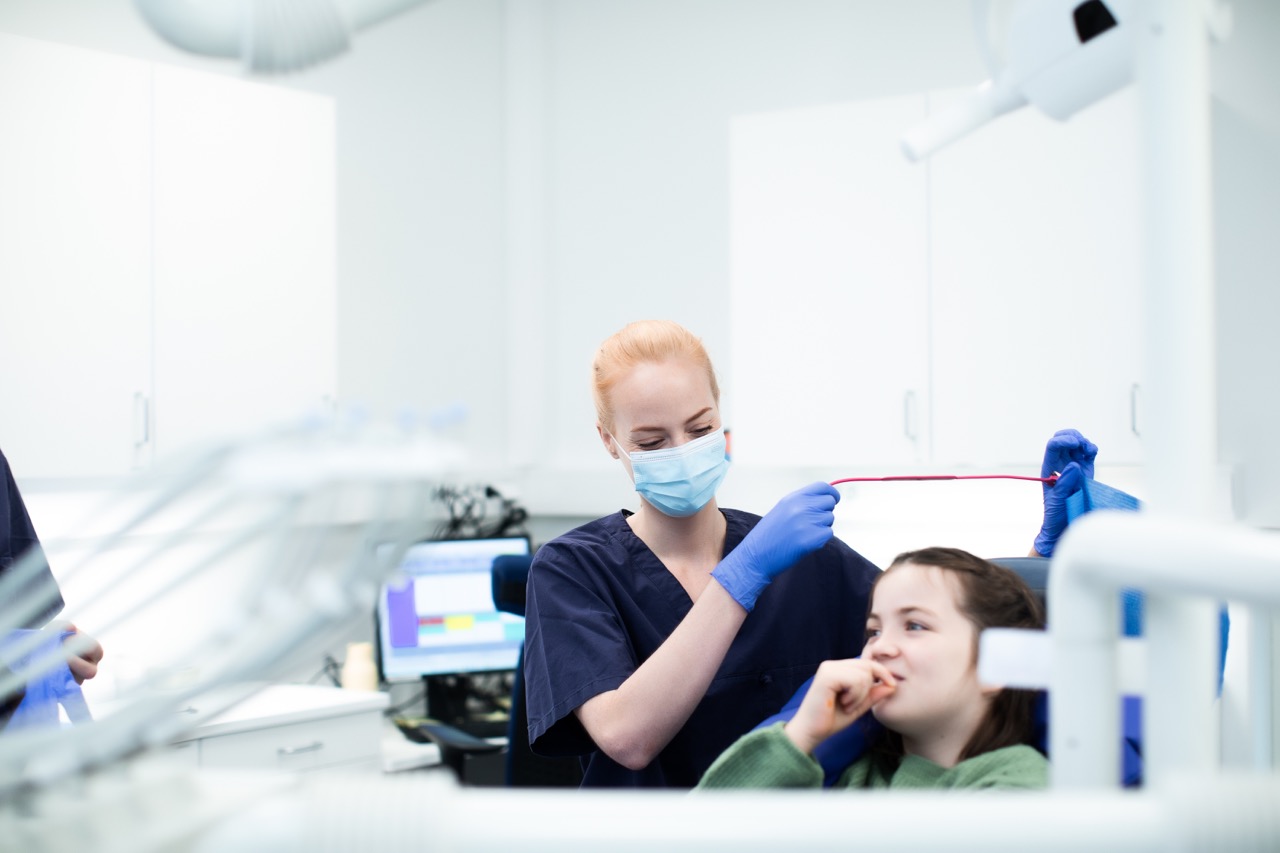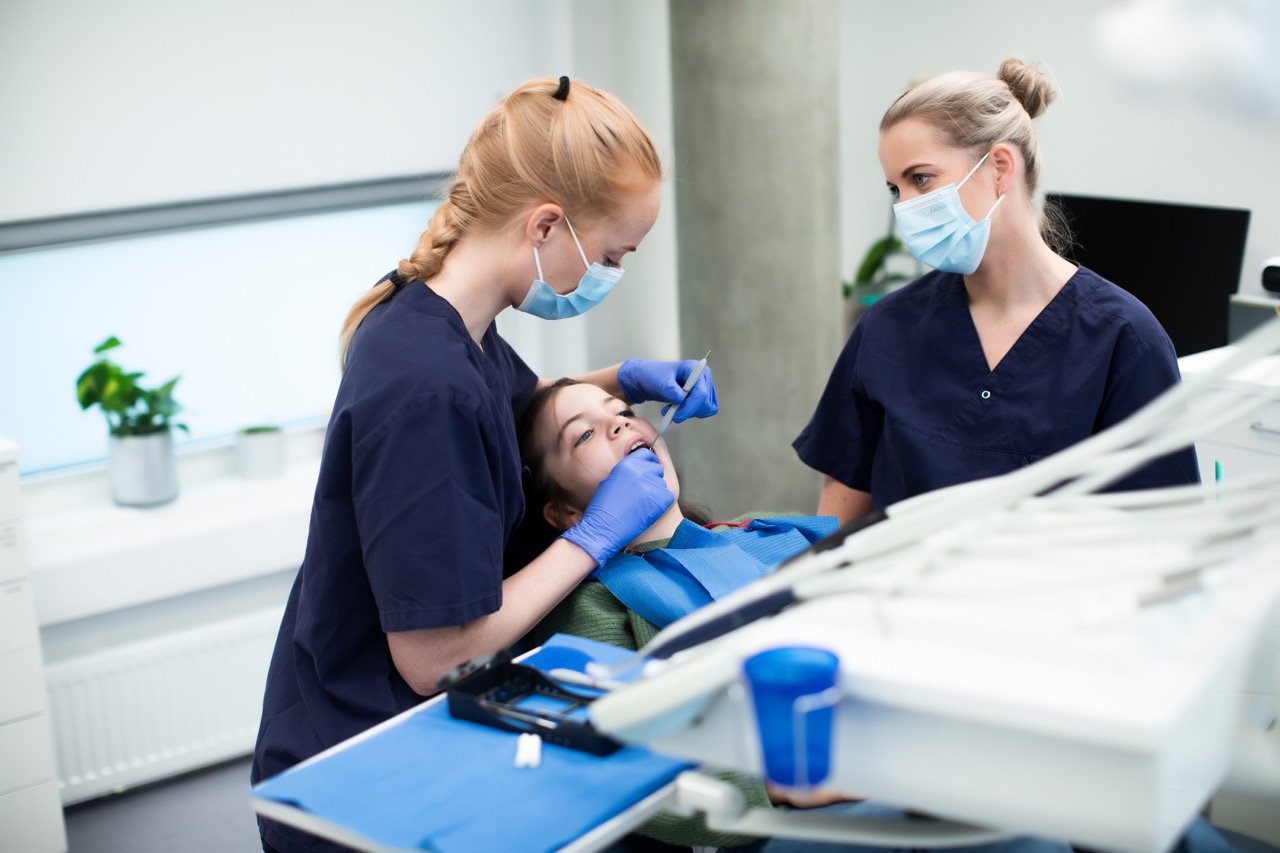TRIP Tann: Mother's vitamin D status in pregnancy and later oral and dental health in the child
Does vitamin D in the mother matter for children's dental health?

Background
Vitamin D is important for both mother and child during a pregnancy to ensure good health and development, but there is much we don't know about how vitamin D in pregnancy affects children's teeth and oral health.
TRIP-Tann is included as a sub-study in a previous randomized clinical trial (TRIP-study), which was conducted at the Department of Community Medicine and Nursing at NTNU from 2007-2009. Healthy pregnant women from Stavanger and Trondheim participated in the study where the main goal was to find out if exercise in pregnancy can prevent and/or treat pregnancy-related disease (https://www.ntnu.no/ism/trip). The 855 women who participated completed extensive testing and mapping during pregnancy weeks 18-22 and 32-36, and 3 months postpartum. A mother and child follow-up was also conducted when the children were 7 years old, and it was at this time that they were invited to participate in the TRIP-Tann substudy focusing on teeth and oral health.
Purpose
In the TRIP-Tann study, we looked at correlations between mothers' vitamin D levels in pregnancy and the incidence of enamel defects (MIH and HSPM) in the children at 7-9 years of age. Furthermore, we looked at correlations between children's own vitamin D levels and incidence of caries and enamel defects, and associations between inflammation markers in the saliva of children and caries. Furthermore, a study is planned in which we will look at mothers' vitamin A levels during pregnancy and different dental health outcomes in the children.
Methods
Data for the mothers is from the original TRIP study conducted between 2007-2009, while TRIP-Tann has collected data from clinical dental health survey of the children and from questionnaire answered by mother between 2016-2017, when the children were 7-9 years old. From the children, saliva samples were also obtained for analysis of biomarkers. In total, we have data from 176 mothers and children.
Results
Several scientific papers have been published with findings from the TRIP-Tann study. Among other things, we have found that children with mothers who had insufficient levels of vitamin D in weeks 18-22 of pregnancy (second trimester) had more teeth with enamel defects (MIH) than children with mothers who had adequate levels of vitamin D.
Findings from the study also suggest that there is a link between children's own vitamin D levels and incidence of both caries and enamel defects (MIH), but more studies are needed to investigate this further.
In addition, we found an association between macrophage colony stimulating factor 1, or CSF1, which is one of 56 markers of inflammation measured in the saliva samples from the children, and caries. CSF1 may be regulated by vitamin D, but more studies are needed to investigate possible associations with oral and dental health in children.
Cooperating institutions
- NTNU
- St. Olav's Hospital
- University of Groningen NL
- TNO Leiden NL
- TKROGALAND
- University of Bergen
- University of Oslo
























